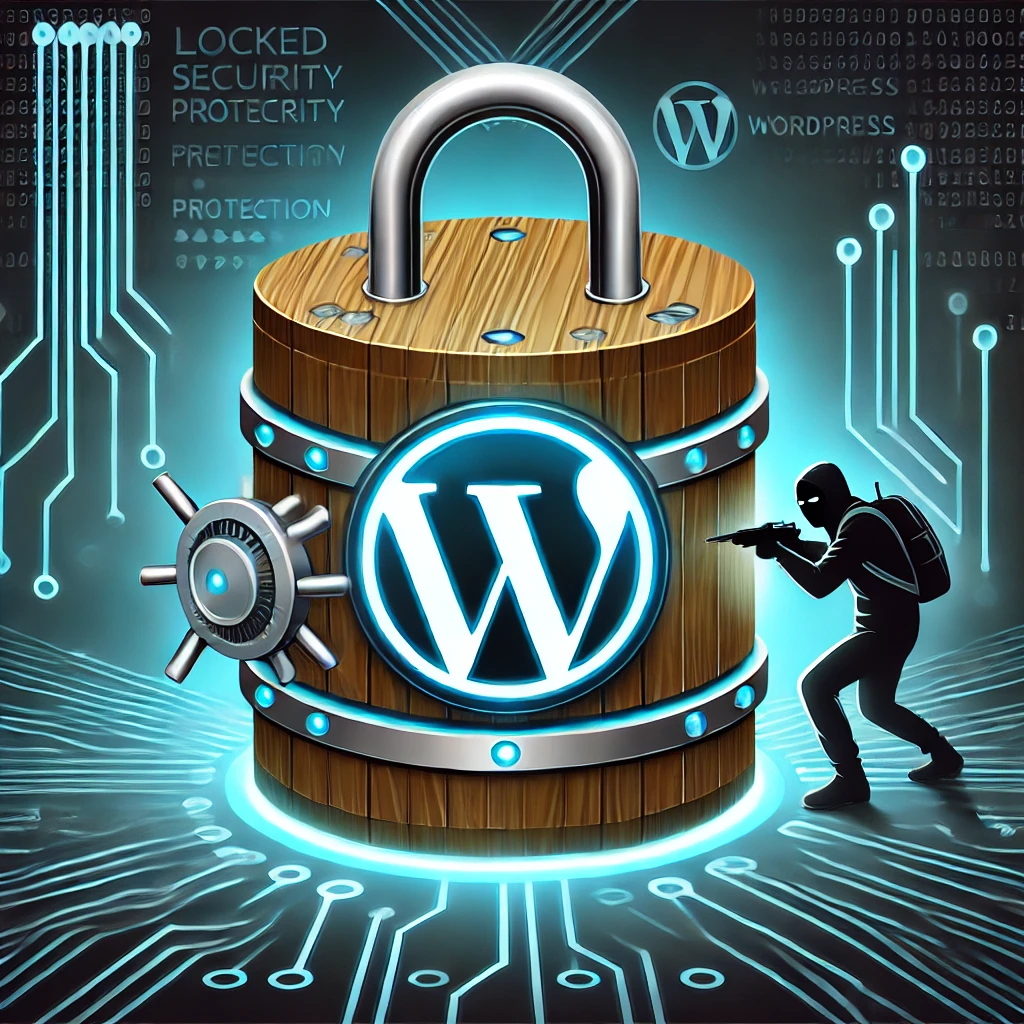# Ultimate Guide to Securing Your WordPress Site Immediately After Installation
WordPress is powerful, but it’s also a prime target for hackers. If left unprotected, your site can be compromised through brute-force attacks, malware injections, and backdoor vulnerabilities. Follow these immediate steps to lock down your WordPress site and prevent security breaches.
1. Change Default Login Credentials
 By default, WordPress assigns an “admin” username, which is a hacker’s first guess when trying to access your site. Change it immediately.
By default, WordPress assigns an “admin” username, which is a hacker’s first guess when trying to access your site. Change it immediately.
How to Change Admin Username
If your site is new, create a new admin user and delete the old one:
- Go to Users > Add New in your WordPress dashboard.
- Create a new administrator account with a unique username.
- Log in with the new admin account and delete the old “admin” account.
- Assign existing content to the new admin.
Bonus Tip: Use a strong password generator like LastPass or 1Password to create a strong password.
2. Change the Default Login URL
 Hackers target the default login page (
Hackers target the default login page (/wp-admin or /wp-login.php). Changing it makes it harder for them to find your login page.
How to Change Login URL
Use a plugin like WPS Hide Login to modify the login URL.
- Install and activate WPS Hide Login.
- Go to Settings > WPS Hide Login.
- Change the login URL to something unique, like:
yoursite.com/mysecret-login - Save changes and remember the new login URL.
3. Install a Security Plugin (Firewall & Malware Protection)
 A security plugin adds an extra layer of defense against threats.
A security plugin adds an extra layer of defense against threats.
Recommended Plugins:
- Wordfence Security (Includes firewall, malware scan, and brute-force protection)
- iThemes Security
After installation, enable web application firewall (WAF) and set auto-block rules.
// Block direct access to wp-config.php (Add this to .htaccess file)
<files wp-config.php>
order allow,deny
deny from all
</files>
4. Disable XML-RPC (Prevents DDoS & Brute Force Attacks)
 WordPress XML-RPC is rarely used but is a common attack vector.
WordPress XML-RPC is rarely used but is a common attack vector.
How to Disable XML-RPC
Add the following code to .htaccess:
# Disable XML-RPC
<Files xmlrpc.php>
order deny,allow
deny from all
</Files>
Or, use Disable XML-RPC Plugin.
5. Limit Login Attempts
Prevent brute-force attacks by limiting failed login attempts.
How to Set Login Limits
- Install Limit Login Attempts Reloaded.
- Set a limit (e.g., 3 attempts before blocking IP for 30 minutes).
- Enable logging and email notifications for suspicious activity.
6. Set Automatic Backups
In case of an attack, backups ensure quick recovery.
Recommended Backup Plugins:
- UpdraftPlus (Backups to Google Drive, Dropbox, or Amazon S3)
- VaultPress (Real-time backups)
7. Disable Directory Browsing (Prevents Unauthorized File Access)
Hackers can browse your directories if this is enabled.
How to Disable Directory Browsing
Add this to .htaccess:
# Disable directory browsing
Options -Indexes
8. Keep WordPress, Themes & Plugins Updated
Outdated software is the #1 reason for hacks. Always update to the latest versions.
How to Enable Auto-Updates:
- Go to Dashboard > Updates.
- Enable auto-updates for themes and plugins.
- Alternatively, add this to
wp-config.php:define('WP_AUTO_UPDATE_CORE', true);
Final Thoughts
By implementing these security measures, your WordPress site will be fortified against most cyber attacks. Hackers look for easy targets—don’t be one of them! Take security seriously, and keep your website safe.
